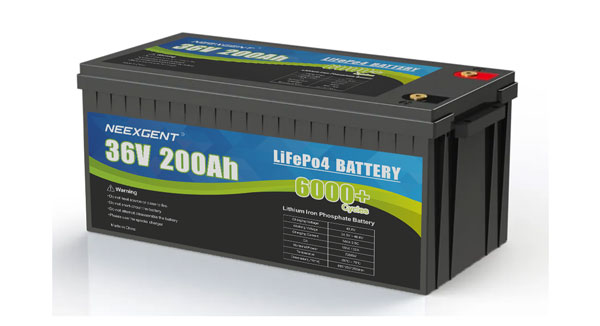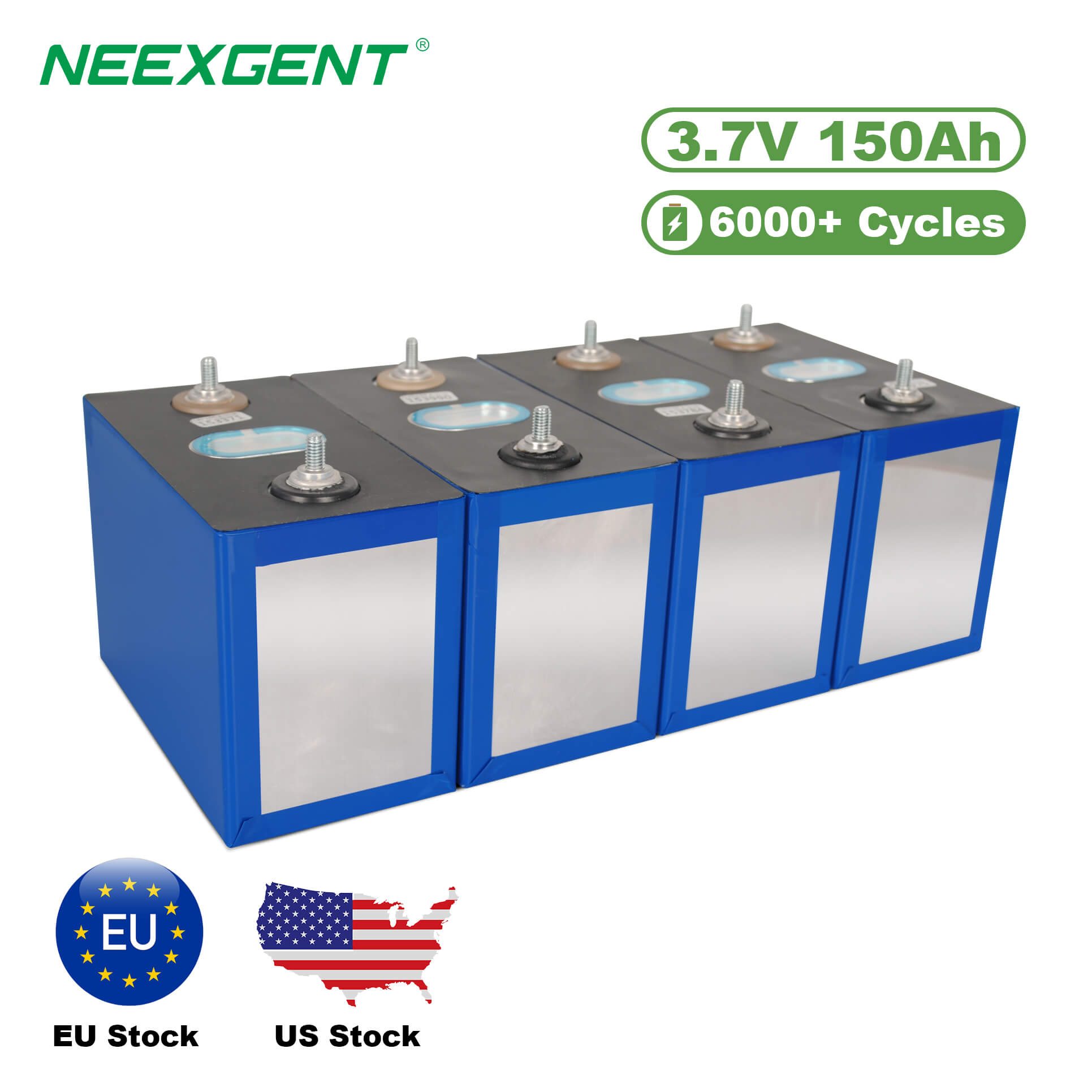Contents:
Lithium batteries are widely used in various applications, including electric bikes, scooters, and energy storage systems. A 36V lithium battery's lifespan is influenced by multiple factors such as its capacity, usage patterns, maintenance, and the environmental conditions it operates in. Below, we explore these factors in detail and provide insights to help you optimize your battery's performance.

Key Factors Influencing Battery Lifespan
1. Cycle Life
Lithium batteries are rated based on their cycle life, which refers to the number of complete charge and discharge cycles they can undergo before their capacity falls below 80%. For a typical 36V lithium battery, the cycle life ranges from 500 to 1,500 cycles, depending on the manufacturer and quality.
2. Depth of Discharge (DoD)
The depth to which a battery is discharged significantly affects its longevity. For instance, consistently discharging a battery to 100% can reduce its cycle life compared to partial discharges (e.g., 50%).
3. Charging Practices
Using a high-quality charger and avoiding overcharging can extend a battery's life. Most modern lithium batteries come with a Battery Management System (BMS) to protect against overcharging and overheating.
4. Temperature
Extreme temperatures can negatively impact lithium batteries. They perform best within a temperature range of 20°C to 25°C (68°F to 77°F). Exposure to extreme cold or heat can accelerate aging and reduce capacity.
5. Maintenance
Proper storage and regular maintenance also contribute to a longer lifespan. Store the battery in a cool, dry place when not in use, and avoid fully discharging it during prolonged storage.
Average Lifespan of a 36V Lithium Battery
The average lifespan of a 36V lithium battery is approximately 3 to 5 years with regular use and proper care. However, under ideal conditions, it can last even longer.
Performance Comparison Table
Below is a summary of how different factors affect the longevity of a 36V lithium battery:
| Factor |
Impact on Lifespan |
Recommendations |
| Cycle Life |
500–1,500 cycles |
Use high-quality batteries with extended cycle life. |
| Depth of Discharge |
Higher DoD reduces lifespan |
Avoid deep discharges; aim for partial cycles. |
| Charging Practices |
Improper charging shortens life |
Use a compatible charger and avoid overcharging. |
| Temperature |
Extreme temperatures degrade cells |
Keep within 20°C to 25°C for optimal performance. |
| Maintenance |
Poor care reduces life |
Store in a cool, dry place and check periodically. |
How to Monitor and Predict Battery Lifespan
To effectively track and optimize the lifespan of a 36V lithium battery, real-time monitoring and analysis are essential. By using battery management systems and modern tools, you can observe charge cycles, temperature, and overall performance over time. Visual data representation, such as charts, can further help identify patterns and make informed decisions.
Below is an example of a line chart showing the capacity retention of a 36V lithium battery over multiple charge cycles.
Battery Capacity Retention Chart
The following chart illustrates how a typical 36V lithium battery retains capacity over 1,000 charge cycles. The data represents a gradual decline in capacity retention under ideal conditions.
Tips for Extending Battery Longevity
-
Monitor Usage: Use tools or apps to track battery health and performance over time.
-
Reduce Stress: Avoid high-discharge activities that put excessive strain on the battery.
-
Avoid Extreme Conditions: Protect the battery from temperature extremes, which accelerate aging.
-
Schedule Maintenance: Perform regular maintenance checks to identify potential issues early.
By visualizing battery performance and following these tips, you can ensure optimal use and longevity for your 36V lithium battery.
Comparative Analysis of Battery Longevity
To better understand how a 36V lithium battery performs under various conditions, we’ve compiled a comparative table that highlights the impact of different environmental and usage scenarios on battery lifespan. This information can guide users in making adjustments to maximize efficiency and longevity.
Battery Performance Under Different Conditions
The following table summarizes how factors such as temperature, usage, and charging behavior influence battery life.
| Condition |
Impact on Battery Life |
Recommended Practices |
| High Temperature (>35°C) |
Accelerates chemical reactions, reducing lifespan |
Store and operate in a cool environment. |
| Low Temperature (<0°C) |
Reduces efficiency and increases internal resistance |
Pre-warm the battery before use in cold climates. |
| Frequent Deep Discharges |
Shortens cycle life significantly |
Recharge when the battery reaches 20–30% capacity. |
| Overcharging |
Damages battery cells and reduces lifespan |
Use a quality charger with overcharge protection. |
| Regular Maintenance |
Prolongs battery life and ensures reliability |
Inspect and clean battery terminals periodically. |
Importance of Smart Battery Management
Smart Battery Management Systems (BMS) play a critical role in optimizing battery health. These systems monitor key parameters like voltage, current, and temperature, ensuring safe operation and reducing the likelihood of damage. Investing in a battery with a robust BMS or retrofitting your existing setup can substantially enhance performance.
By adhering to recommended practices and leveraging modern battery management technologies, users can ensure that their 36V lithium battery delivers consistent and long-lasting performance.
Environmental Considerations
Proper disposal and recycling of lithium batteries are crucial for minimizing environmental impact. Recycling processes recover valuable materials like lithium, cobalt, and nickel, reducing the need for mining new resources. As a user, partnering with certified recycling programs ensures responsible battery disposal and supports a sustainable energy ecosystem.
The longevity of a 36V lithium battery is determined by how well it is maintained and used. With the right care, these batteries can deliver reliable performance for years, making them a valuable investment for energy storage and mobility solutions.
FAQs on How Long a 36V Lithium Battery Lasts
The average lifespan of a 36V lithium battery is typically 3 to 5 years, depending on usage patterns, maintenance, and environmental factors. With proper care, it may last even longer.
A 36V lithium battery can generally handle between 500 and 1,500 charge cycles before its capacity drops below 80%. The exact number varies based on the quality of the battery and how it is used.
No, frequent charging does not necessarily reduce lifespan. In fact, partial charging (charging before the battery is fully discharged) can be better for the battery than deep discharges, as it reduces strain on the cells.
Extreme temperatures, both hot and cold, can shorten the lifespan of a 36V lithium battery. Operating in optimal temperatures (20°C to 25°C or 68°F to 77°F) ensures the best performance and longevity.
To extend the battery's life:
- Avoid deep discharges; recharge before it drops below 20–30%.
- Use a compatible, high-quality charger.
- Keep the battery away from extreme temperatures.
- Perform regular maintenance, such as cleaning terminals and inspecting for damage.






